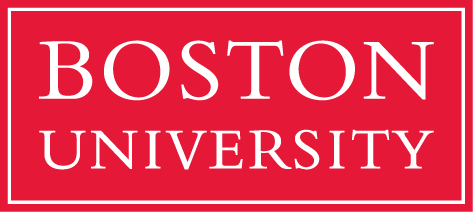Continuum on Becoming an Anti-Racist Multicultural Organization
Monocultural ==> Multicultural ==> Anti-Racist ==> Anti-Racist Multicultural
Racial and Cultural Differences Seen as Deficits ==> Tolerant of Racial and Cultural Differences ==> Racial and Cultural Differences Seen as Assets
Exclusive
An Exclusionary Institution
- Intentionally and publicly excludes or segregates African Americans, Native Americans, Latinos, and Asian Americans
- Intentionally and publicly enforces the racist status quo throughout institution
- Institutionalization of racism includes formal policies and practices, teachings, and decision making on all levels
- Usually has similar intentional policies and practices towards other socially oppressed groups such as women, gays and lesbians, Third World Citizens, etc.
- Openly maintains the dominant group’s power and privilege
Passive
A “Club” Institution
- Tolerant of a limited number of “token” People of Color and members from other social identify groups allowed in with “proper” perspective and credentials
- May still secretly limit or exclude People of Color in contradiction to public policies
- Continues to intentionally maintain white power and privilege through its formal policies and practices, teachings, and decision making on all levels of institutional life
- Often declares, “We don’t have a problem.”
- Monocultural norms, policies and procedures of dominant culture viewed as the “right way”, “business as usual”.
- Engages issues of diversity and social justice only on club member’s terms and within their comfort zone.
Symbolic Change
A Compliance Organization
- Makes official policy pronouncements regarding multicultural diversity
- Sees itself as “non-racist” institution with open doors to People of Color
- Carries out intentional inclusiveness efforts, recruiting “someone of color” on committees or office staff
- Expanding view of diversity includes other socially oppressed groups
But
- “Not those who make waves”
- Little or no contextual change in culture, policies, and decision making
- Is still relatively unaware of continuing patterns of privilege, paternalism and control
- Token placements in staff positions; must assimilate into organizational culture
Identity Change
An Affirming Institution
- Growing understanding of racism as barrier to effective diversity
- Develops analysis of systemic racism
- Sponsors programs of anti-racism training
- New consciousness of institutionalized white power and privilege
- Develops intentional identity as an “anti-racist” institution
- Begins to develop accountability to racially oppressed communities
- Increasing commitment to dismantle racism and eliminate inherent white advantage
- Actively recruits and promotes members of groups have been historically denied access and opportunity
But
- Institutional structures and culture that maintain white power and privilege still intact and relatively untouched
Structural Change
A Transforming Institution
- Commits to process of intentional institutional restructuring, based upon anti-racist analysis and identity
- Audits and restructures all aspects of institutional life to ensure full participation of People of Color, including their world-view cultures and lifestyles
- Implements structures, policies and practices with inclusive decision making and other forms of power sharing on all levels of the institutions life and work
- Commits to struggle to dismantle racism in the wider community, and builds clear lines of accountability to racially oppressed communities
- Anti-racist multicultural diversity becomes an institutionalized asset
- Redefines and rebuilds all relationships and activities in society based on anti-racist commitments
Fully Inclusive Anti-Racist Multicultural Organization in a Transformed Society
- Future vision of an institution and wider community that has overcome systemic racism and all other forms of oppression
- Institution’s life reflects full participation and shared power with diverse racial, cultural and economic groups in determining its mission, structure, constituency, policies, and practices
- Members across all identity groups are full participants in decisions that shape the institution, and inclusion of diverse cultures, lifestyles, and interest
- A sense of restored community and mutual caring
- Allies with other in combating all forms of social oppression
- Actively works in larger communities (regional, national, global) to eliminate all forms of oppression and to create multicultural organizations.
© Crossroads Ministry, Chicago, IL: Adapted from original concept by Bailey Jackson and Rita Hardiman, and further developed by Andrea Avazian and Ronice Branding; further adapted by Melia LaCour, PSESD




